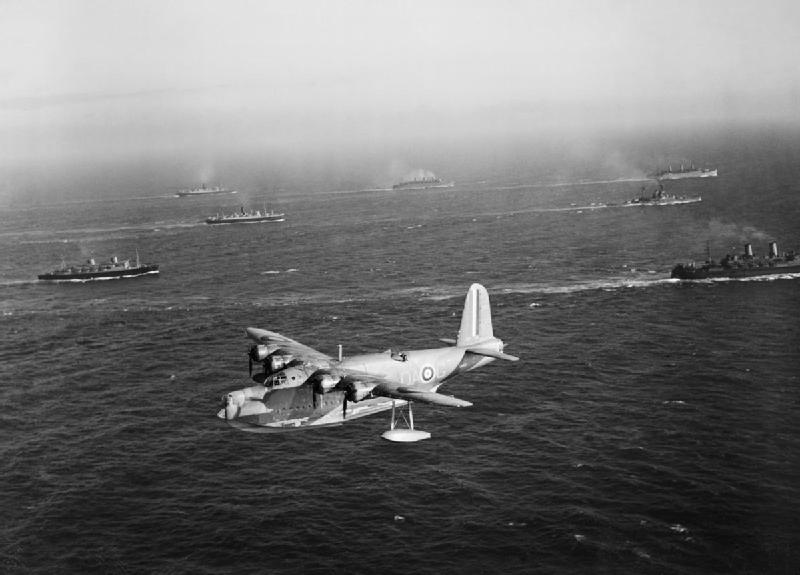|
Historical Note Battle of the Atlantic, September, 1941
Attacks on convoys southwest of Iceland lead to the first success and loss by Royal Canadian Navy ships
in the Battle of the Atlantic. U-501 is sunk by Canadian corvettes Chambly and Moosejaw on September
10th, but in exchange their convoy loses 16 of its 64 merchantmen. A few days later, on the 19th, Canadian
corvette Levis is lost to U-74 southeast of Cape Farewell. The increased number of U-boats available to
Admiral Doenitz (approaching 200 with 30 operational at any time) allows him to establish patrol lines in
the Atlantic. The four September convoys suffer a total of 36 merchant ships sunk. By now the pattern of escort
in the North Atlantic is becoming standardized. The RCN provides escort from Halifax to the Western Ocean Meeting
Point (WOMP) south of Newfoundland. From there, as far as the Mid Ocean Meeting Point (MOMP) at 22'W, the US Navy
escorts the faster "HX" convoys, while joint Royal Navy/RCN groups escort the slower SC convoys. Royal Navy ships
based in Iceland then take over until the convoys are met by Western Approaches escorts operating out of Londonderry,
Northern Ireland and the Clyde, Scotland. US Navy and Army Air Force aircraft are now adding to the efforts of the
RAF and RCAF by flying escort and patrols from Newfoundland and Iceland. The mid-Atlantic air-gap is narrowing.

 |